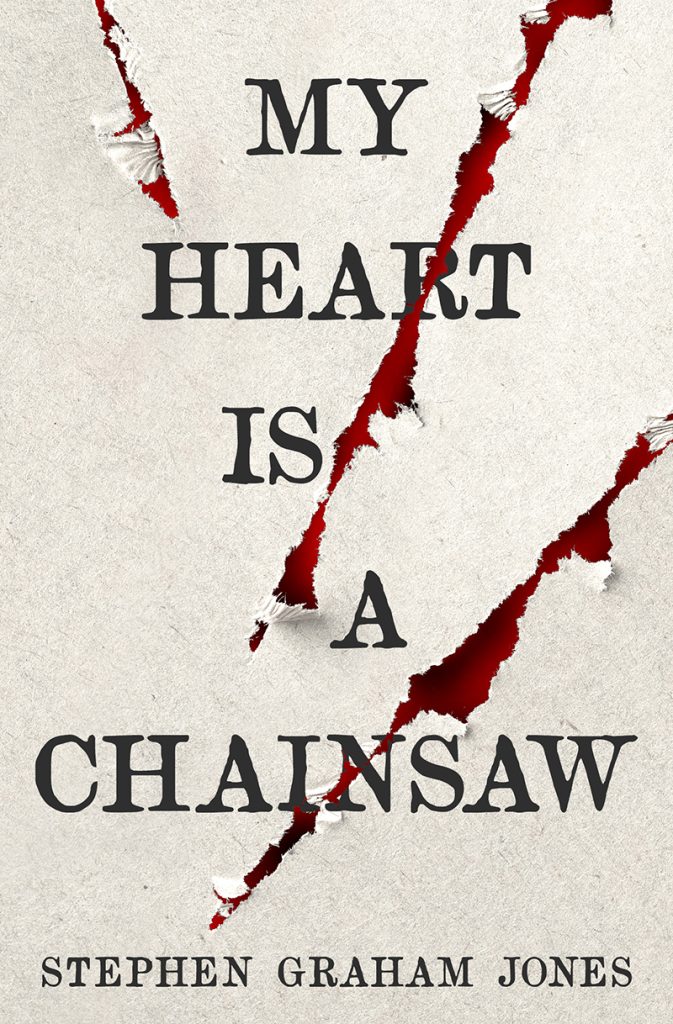
If you’re an autumn afficionado, you may have seen the cartoon masterpiece that is Over the Garden Wall, the 2014 children’s series that ran on Cartoon Network over the course of one week. Since then, the show has reached cult classic status among adult viewers who return to the short, 10-episode series yearly as the air turns cold and the leaves turn vibrant. Aside from the impeccable fall vibes, I’ve been thinking about what makes this one-off series so enduring. There are tons of fall-flavoured specials out there, but Over the Garden Wall seems to hit the bullseye—like teasing out the appealing elements of other media and combining them into the ultimate autumnal stew. It’s got the coziness we all crave this time of year without forgoing the spookiness of the season (maybe just a touch spookier than most children’s fare?), while pulling directly from cultural touchstones of yore. It also localizes the story to a pseudo-New England setting, in some vaguely post-Civil War/turn of the 20th century timespan. It’s a feast for Halloween fans, but also for big ol’ literature and history nerds (like myself).
The plot of Over the Garden Wall is simple: two brothers Greg and Wirt find themselves lost in a strange land called the Unknown, a place out of time that is full of dark forests, strange inhabitants, and a sliding scale of sinister threats. As they try to find their way, they earn the help of a less-than-friendly bluebird named Beatrice who promises to take them to Adelaide of the Pasture, ostensibly their ticket home. Story-wise, Over the Garden Wall recalls familiar tropes of Western literature, especially the young person’s journey dotted with eclectic weirdos going all the way back to chivalric tales of Medieval Europe (a la King Arthur and his round table) and into the 20th century with the likes of The Wizard of Oz. OTGW pokes meta jokes at this (and its Hansel and Gretel fairytale structure) in episodes like Songs of the Dark Lantern, where the brothers come upon a tavern full of townsfolk who are known only by their occupation: the Butcher, the Midwife, the Tailor and the Apprentice. They prod Wirt until they discover his narrative function: he’s the Pilgrim, a “traveler on a sacred journey, a master of your own destiny!”
Continue reading
